What Does a Trademark Protect?
October 11, 2018 by Tanya Sharma
A Trademark protects different aspects of a brand like a logo, shape, device, colour, word or even a sound. The mark acts as a source identifier of the business, and differentiates its goods/services from those of others.
Trademark Protection provides a distinct identity to your business and also distinguishes it amongst your competitors. However; the ownership of a trademark can be established on a first-to-use basis.
Trademarks, a type of brand asset are registered under the Trademarks, Act, 1999, they are one of the most important Intellectual Property assets of a business.
Once a trademark is registered, it provides an exclusive protection right to the owner for the use of the mark (word mark, logo, device, etc.) in relation to the commercial identity of goods or services.
For instance, Yahoo has several registered marks such as:
- The name ‘yahoo’
- The logo
- The ‘yodel’ sound
According to the IPIndia Report 2016-2017, acceptance of Trademark Applications for registration has increased by over 40%.
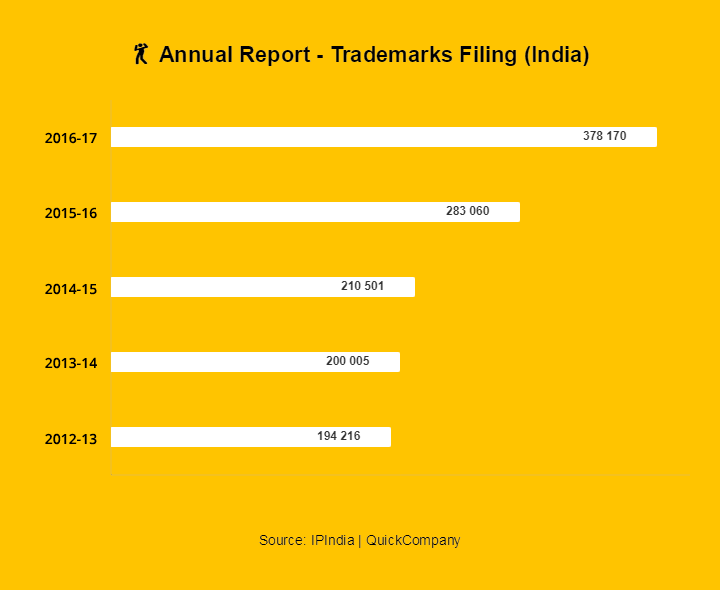
This underlines the fact that entrepreneurs now are more concerned about their brand identity and its protection.
So if you’re a small business owner, you’ll love the simple steps in this guide.
Let's get started
- What is protected under trademark?
- Rights of a registered trademark.
- Rights of an unregistered trademark.
- Benefits of protecting your trademark.
- What cannot be registered as a trademark?
What is protected under trademark?
As per Section 28 (1) of the Trademarks, Act, 1999, a trademark protects exclusive rights to the registered proprietor to use the mark in relation to the goods or services and also, obtain relief in case of infringement. Here is a list of the types of trademarks that can be protected:
Word Marks
These marks are usually a distinct text-only name of the company, product or institution which are used for branding or marketing. Once the mark gets registered, the proprietor can use it in any format or font regardless of the style. Any stylised representation of the name is not protected as a word mark. Only the text is protected.
Example: The names of brands such as ‘Air Vistara’, ‘Tata Motors’, etc.
Device Marks
Under device marks, you can trademark a printed or painted design, image or character. It can not include any numerals, words or letters. Usually, they contain logos for different products or services.
Example: The Nike Swoosh Symbol that acts as the Logo.
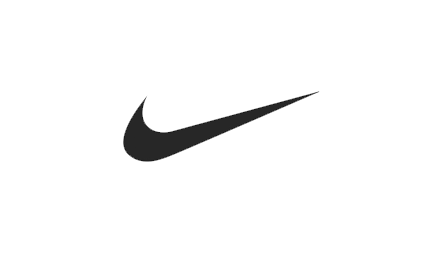
Product Marks
These marks are used to identify a particular product of a company. For instance, a name of the product can be registered as a trademark.
Example: Burger King has different products such as Salsa whooper Burger, and Flame Grilled Burger. The company has registered the trademark for both the name of the product and the associated product logo.

Service Marks
There is a thin difference between a trademark and service marks which can be confusing for most of the entrepreneurs.
In India, there are different classes under which a service mark can be registered.
These classes help to specify the type and category of service which you wish to register.
While countries like the USA use the ‘SM’ symbol to denote service marks, there is no such differentiation in India. Only the ‘TM’ symbol is used even to identify service marks in India.
Collective Marks
These marks are used by members of an association or organization to identify with the quality, origin, precision or any other attribute set by them.
They indicate the source of the individual and can be used not only by individuals but, multiple traders in case they belong to the registered association or organization.
Example: "CA" logo used by the Institute of Chartered Accountants (ICA).
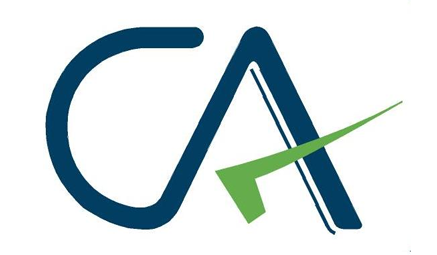
Certification Marks
These marks define the standards of goods or services of a particular business entity. They reflect that the manufacturer has met with the set standards of quality through a regular audit for his/her products.
Certification marks differentiate a brand/company from others and provide an edge in the market.
Example: Agmark certification mark employed on agricultural products in India.
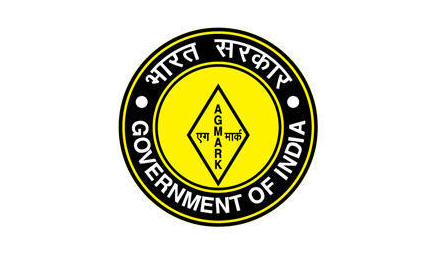
Unconventional Trademarks
Unconventional trademarks include shape marks, packaging trademarks, moving logos, colour combinations, taste marks, smell marks etc. As per the changes to the Trademark Rules in 2017, sound marks and 3D marks have become easy to register in India.
1. Shape Marks
Shapes form part of the visual characteristics that help distinguish a product. For a shape of a product to be registered as a Trademark, the shape should be distinctive and should not act as a functional element of the product.
Example: The Coca-Cola bottle has acquired a trademark for its shape to protect its distinctiveness and identity.
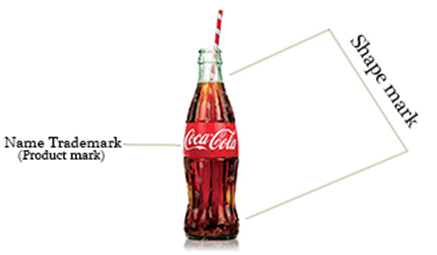
2. Sound Marks
The sound must be relatable with the products or services and can be presented graphically as notations. The logo can contain words, sound graphics, and musical notes.
The critical aspect is the immediate recall of the customers for the concerned product or service after hearing the sound.
Example: ICICI Bank has a sound registration for its Corporate Jingle.

3. Colour Marks
As per Section 10 of the Trademarks Act, 1999, a trademark can be limited wholly or in a combination of any colours which, will be decided by the Registrar keeping in mind the distinctiveness of the mark.
Indian trademark law only recognises a combination of colours which can be registered as trademarks. It is extremely difficult to trademark single colours as it would create a trade monopoly.
Colour combination that helps differentiate a brands goods and services can be registered as a colour mark.
Example: Colgate has a trademark over the red and white colour combination.
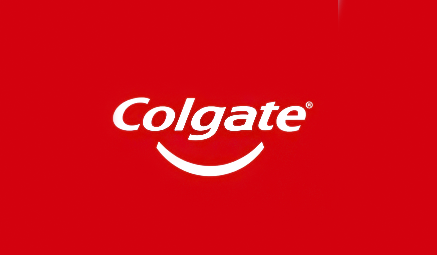
4. Packaging
Distinctive packaging that is used to contain the product, also known as the trade dress can be trademarked.
Example: The design of the product label.
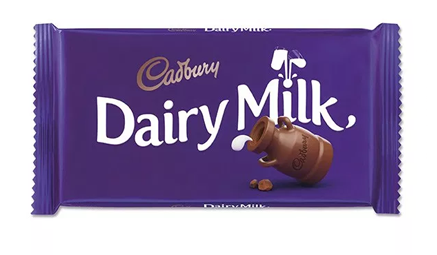
Rights of a registered trademark
The ownership of the trademark is defined on the first-to-use basis, and the registration will work as prima-facie evidence of its validity. As per Section 28, of the Trademarks Act, 1999, registration of a trademark shall provide trademark protection for –
- The exclusive right to the registered proprietor to use in context with the goods or services for which the mark is registered and can obtain legal protection in case of infringement.
What if two people have the same trademarks?
In case two or more people have a registration for the same trademark –
- Both registered owners can enjoy the trademark protection rights for their marks in case the mark is registered under different classes, so long as they don’t infringe each other’s rights.
- No party can claim exclusive trademark protection rights over the registered trademark if it is in the same class. Until the rectification of the mark, both would have equal rights for the use of the mark.
Legal protections for registered trademarks
A mark will be considered as infringed, in case, it is identical or similar to the registered trademark and falls in the same class of goods or services of the registered mark. (Section 29 [1])
According to Section 134, in such a situation, a suit of infringement can be filed by the registered owner in the court of law to seek relief and damages.
You can avail the following remedies against infringement:
Civil Remedies
- Avail a grant to stop the use of the applied mark.
- Ask for the damages caused by loss of profits earned from the use of the mark.
- Receive order by the court to conduct a public search for the use of the mark or seize evidence without warning the infringer.
Administrative Remedies
- Oppose the registration of the applied mark during the registration process
- Ask for the removal of its name from the Trademark Journal in case it is registered.
Criminal Proceedings
- Criminal remedies are available under the Trade Marks Act, 1999 under section 103 and 104.
- A criminal suit can be initiated in an event of passing-off or infringement, provided the court finds sufficient to initiate criminal action against the violators.
Rights of unregistered trademarks
Trademarks which are not registered as per the Trademarks Act fall under this category. Under Section 27 of the Trademarks Act, no infringement suit can be filed for unregistered trademarks. However:
Unregistered trademarks can be protected under Common Law. The owner of the mark can file for damages if there is sufficient proof of passing off by showing proof of ‘prior use’.
The court considers the following factors in a passing-off suit.
- The plaintiff has to be a user of the mark.
- The general public must recognise the mark and use the same to identify the brand's goods or services.
- Misinterpretation of the defendant to consider the plaintiff’s goods as his own.
Benefits of protecting your trademark
Registering a trademark is easy and cost-effective. Trademark protection provides numerous advantages to your business.
- Builds brand name: A trademark helps to build your brand and create goodwill for your business by engaging more audience and increasing sales. People connect more with a brand when you provide quality to them.
- Edge over the competitors: With a registered brand name, you can differentiate your products or services from the others. This adds to your business identity and popularity amongst the general public. You can also use an ‘R’ with the mark.
- Valuable business asset: Trademark is a valuable business asset for every entrepreneur. It can be transferred, sold or even licensed. The Trademark Registration is valid for 10 years and can also be converted into cash.
- Gateway for Global registrations: Owning a trademark in India will help you to expand your business in case you wish to apply for a trademark in different territories.
Things that cannot be trademarked
There are a few exclusions which have to be kept in mind while deciding a mark for your business:
- The names of Cities, Countries, God, Goddesses or Religious Books.
- The surname of any individual.
- Generic Words like Fridge, Scooter, etc.
- The names of Constitutional or Government Posts.
- Vulgar or immoral acts.
- Geographical Locations.
Conclusion
To ensure that the trademark is continued to be protected, the mark must be registered every 10 years. Trademark renewal can be done through a simple online process.